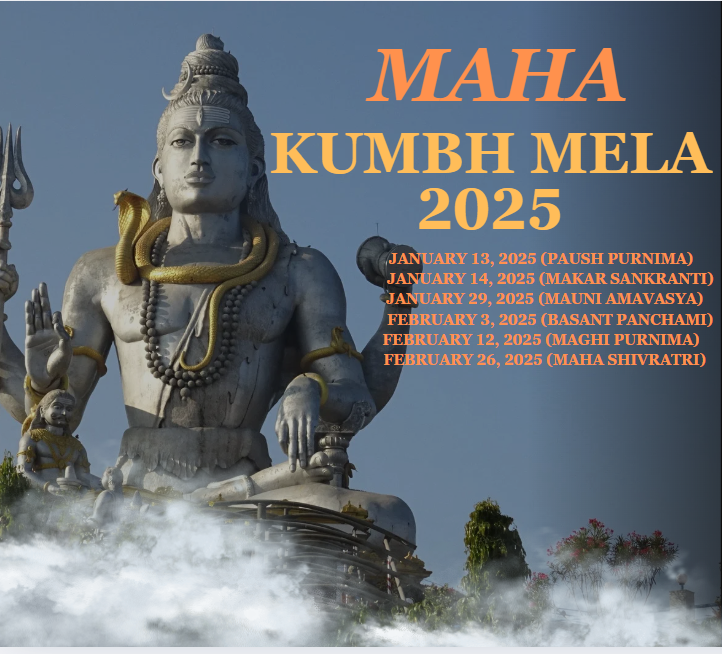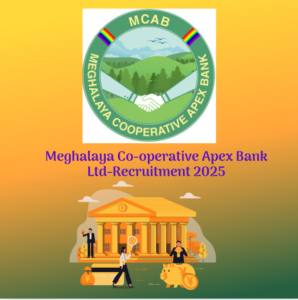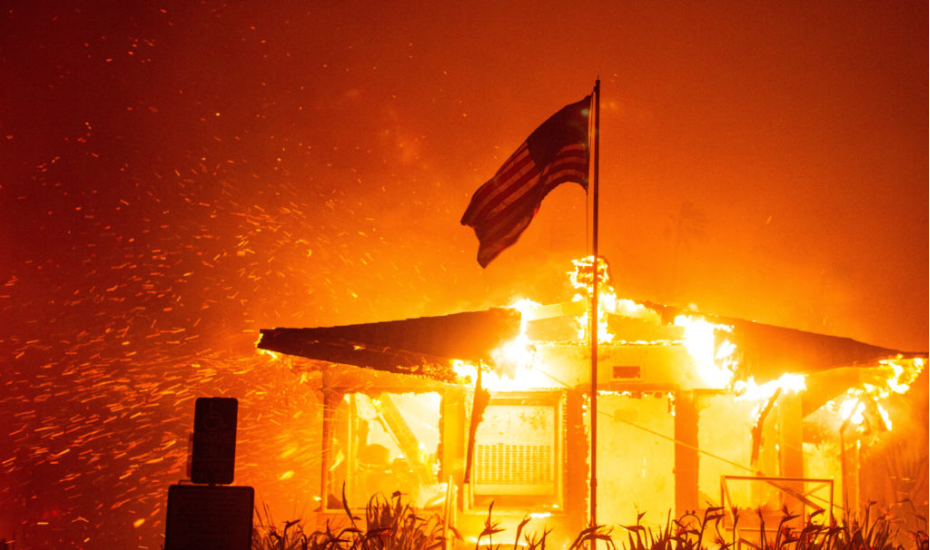Maha Kumbh Mela: A Spiritual Gathering of Magnitude

The Maha Kumbh Mela is one of the largest religious gatherings in the world, celebrated with fervor and devotion by millions of Hindus. This grand event takes place every 12 years at four sacred locations in India: Prayagraj (Allahabad), Haridwar, Ujjain, and Nashik, each associated with the holy rivers Ganga, Yamuna, …
Table of Contents
Maha Kumbh Mela: A Spiritual Gathering of Magnitude
The Maha Kumbh Mela is one of the largest religious gatherings in the world, celebrated with fervor and devotion by millions of Hindus. This grand event takes place every 12 years at four sacred locations in India: Prayagraj (Allahabad), Haridwar, Ujjain, and Nashik, each associated with the holy rivers Ganga, Yamuna, Godavari, and Shipra.
Rooted in ancient Hindu mythology, the Kumbh Mela’s origins trace back to the churning of the ocean of milk (Samudra Manthan), where drops of the divine nectar of immortality fell at these four sites. Devotees believe that bathing in the sacred waters during the Kumbh Mela purifies one’s soul, washes away sins, and paves the way to liberation (moksha).
The festival spans several weeks and features a series of rituals, mass prayers, cultural performances, and spiritual discourses. A highlight of the event is the procession of the Naga Sadhus—ascetic monks who often appear unclothed, symbolizing renunciation of worldly attachments.
The Maha Kumbh Mela is not only a religious celebration but also a testament to India’s cultural diversity and organizational prowess, drawing pilgrims, saints, and tourists from around the globe. This convergence of faith, spirituality, and humanity embodies the essence of unity and devotion.
Maha Kumbh Mela 2025: A Divine Confluence of Faith
The Maha Kumbh Mela 2025, regarded as the world’s largest religious gathering, is being held at the sacred city of Prayagraj, India. This momentous event began on January 13, 2025, and will culminate on February 26, 2025, coinciding with Maha Shivratri.
Historical Significance
The origins of the Kumbh Mela are deeply rooted in Hindu mythology, specifically the tale of the Samudra Manthan (the churning of the ocean of milk). According to legend, drops of the nectar of immortality (amrit) fell at four places—Prayagraj, Haridwar, Nashik, and Ujjain—while being carried by the gods. These locations are now the host sites for the Kumbh Mela.
The Maha Kumbh Mela, held every 12 years at Prayagraj, is particularly auspicious as it marks a complete revolution of Jupiter around the Sun. Devotees believe that taking a holy dip at the Triveni Sangam, the confluence of the Ganga, Yamuna, and the mythical Saraswati rivers, during this time cleanses sins and brings spiritual liberation (moksha).
Key Dates and Events for Maha Kumbh Mela 2025
- January 13, 2025 (Paush Purnima): Official inauguration of the festival with the first major holy bath.
- January 14, 2025 (Makar Sankranti): The First Shahi Snan, or royal bath, taken by saints and sadhus from various akharas (religious sects).
- January 29, 2025 (Mauni Amavasya): The Second Shahi Snan, the most significant bathing day, when millions converge for spiritual cleansing.
- February 3, 2025 (Basant Panchami): The Third Shahi Snan, marked by vibrant rituals and processions.
- February 12, 2025 (Maghi Purnima): Another key day for bathing and prayers.
- February 26, 2025 (Maha Shivratri): The final bathing day, concluding the event.
Scale and Preparations
The 2025 Maha Kumbh Mela is expected to host over 400 million people over its 44-day span. Authorities have established a sprawling temporary city covering 4,000 hectares, equipped with:
- 150,000 tents for accommodation.
- Advanced sanitation facilities and medical care centers.
- 98 special trains to manage transportation for pilgrims.
- AI-powered surveillance systems and the deployment of 40,000 security personnel to ensure safety.
The Maha Kumbh Mela transcends its religious significance, attracting people from all over the world. It is a testament to India’s unparalleled organizational capabilities and cultural diversity. For the millions of pilgrims, it is a journey of faith and a deeply transformative experience.
As the Maha Kumbh Mela 2025 continues, it stands as a living symbol of humanity’s enduring quest for spiritual connection and unity.
om namah shivaya!!!










